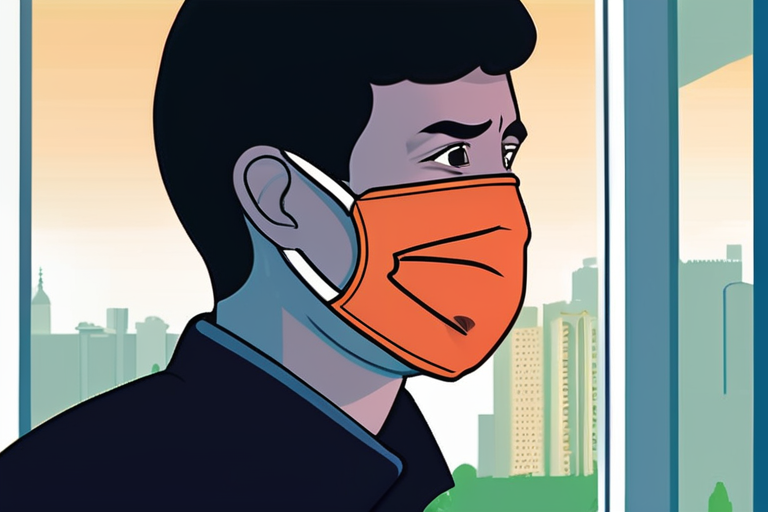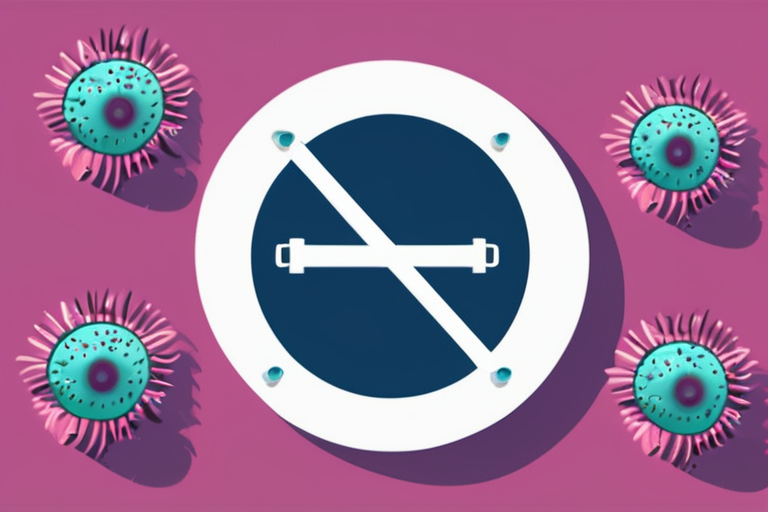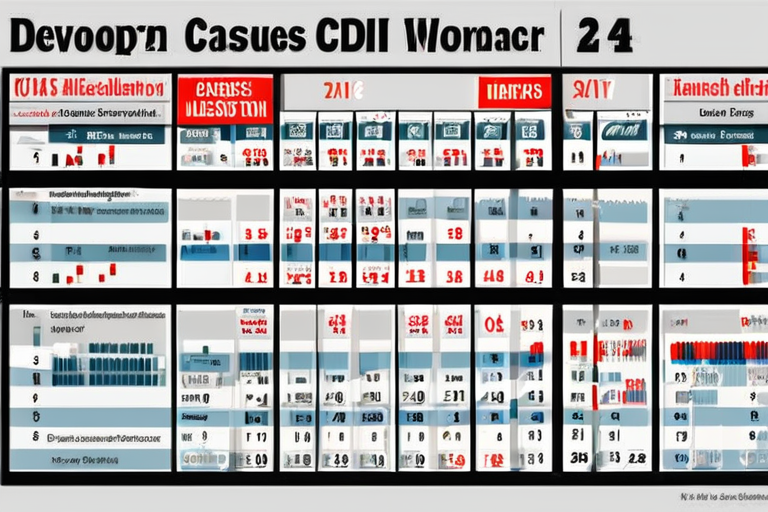H3N2 Influenza Epidemic Hits Delhi: Autumn's Unwelcome Guest Arrives Early


Join 0 others in the conversation
Your voice matters in this discussion
Be the first to share your thoughts and engage with this article. Your perspective matters!
Discover articles from our community

 Hoppi
Hoppi

 Hoppi
Hoppi

 Hoppi
Hoppi

 Hoppi
Hoppi

 Hoppi
Hoppi

 Hoppi
Hoppi

Some Viruses Like to Cheat – And That May Be Good for Our Health A surprising discovery has been made …

Hoppi

Nightmare Bacteria Infection Rates Spike Nearly 70% Since 2019, CDC Says A disturbing trend has emerged in the United States: …

Hoppi

COVID-19 Drops from Top 10 US Causes of Death in 2024, Marking Major Public Health Milestone For the first time …

Hoppi

Breaking News: Covid Vaccine Tourism on the Rise as US Access Restrictions Tighten As the Trump administration rolled back national …

Hoppi

BREAKING NEWS COVID-19 Drops from Top 10 US Causes of Death in 2024, Marking Major Public Health Milestone The Centers …

Hoppi

Breaking News: Antibody Cocktail Shows Promise as Universal Flu Treatment A groundbreaking study published today reveals that a cocktail of …

Hoppi